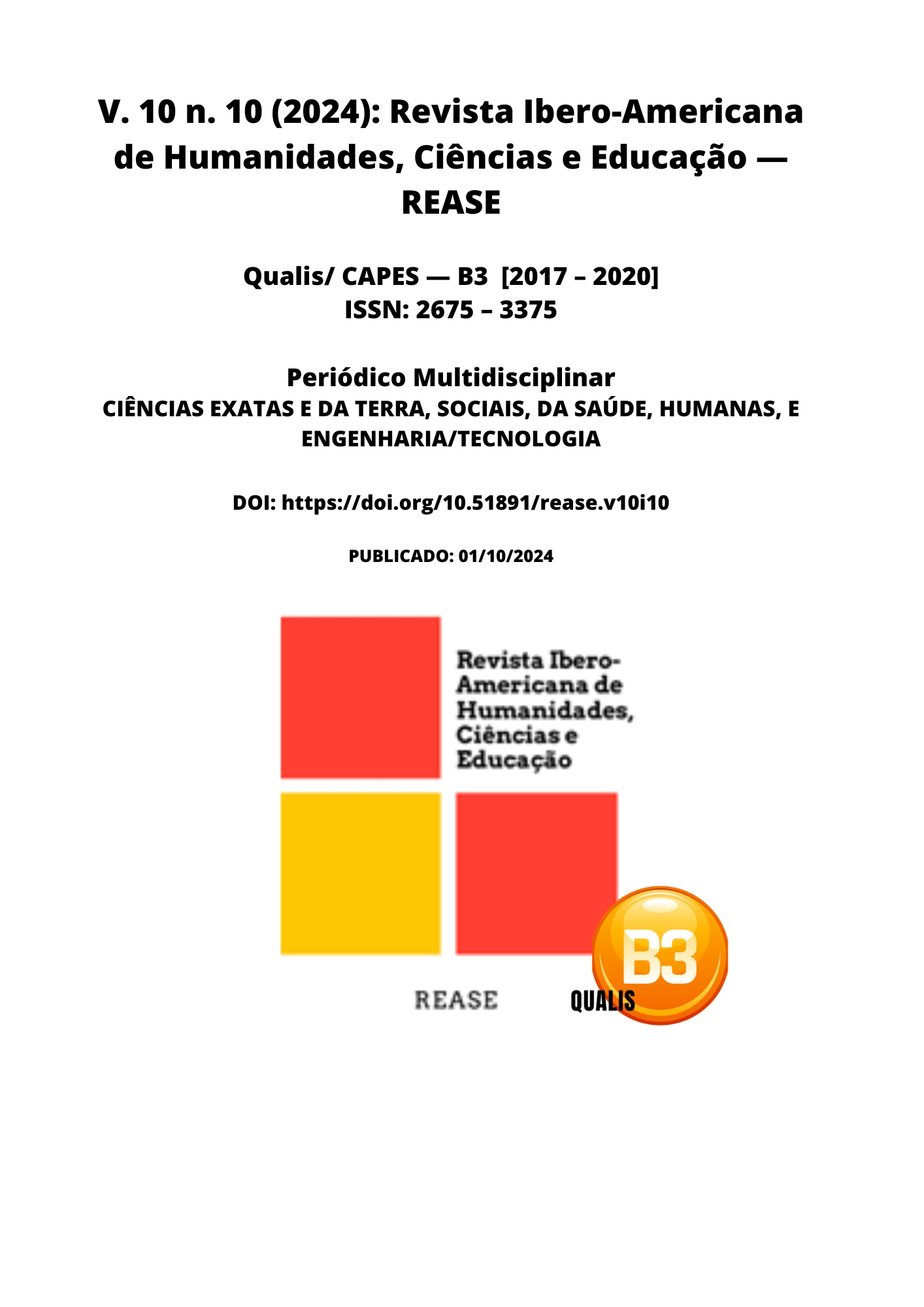DERMATOLOGICAL AND SURGICAL COMPLICATIONS IN THE TREATMENT OF PATIENTS WITH TURNER SYNDROME: PLASTIC SURGERY AND PEDIATRIC APPROACHES
DOI:
https://doi.org/10.51891/rease.v10i10.16063Keywords:
Turner syndrome. Dermatological complications. Pediatric plastic surgery and treatment.Abstract
Introduction: Turner Syndrome is a genetic condition resulting from the total or partial absence of one of the X chromosomes, predominantly affecting girls and women. Carriers of this syndrome often present a variety of dermatological and surgical complications due to congenital anomalies, facial dysmorphisms and specific skin characteristics. These complications require a multidisciplinary approach, involving plastic surgeons and pediatricians, who seek not only to improve the aesthetics, but also the quality of life of these patients. Interventions can range from correction of malformations to treatments for dermatological lesions that arise due to the condition. Objective: To analyze the dermatological and surgical complications in the treatment of patients with Turner Syndrome, highlighting the approaches used in the areas of plastic surgery and pediatrics. Methodology: The research was conducted following the PRISMA checklist, using the PubMed, Scielo and Web of Science databases. Five descriptors were used: "Turner syndrome", "dermatological complications", "plastic surgery", "pediatrics" and "treatment". The inclusion criteria consisted of articles published in the last ten years that addressed specific complications in Turner syndrome and that were available in Portuguese or English. Studies that did not present relevant clinical data, non-systematic reviews and articles with very small sample sizes were excluded. Results: The analysis revealed that the most common dermatological complications included nevi, hemangiomas and skin hypoplasia, while surgical complications involved interventions to correct malformations such as lymphedema and bone deformities. Professionals highlighted the importance of early treatment and regular follow-up to prevent severe complications. Variations in the approach to each case were also observed, depending on the severity of the clinical manifestations. Conclusion: Turner syndrome presents a wide spectrum of complications that require an integrated and multidisciplinary approach. Surgical treatment, combined with dermatological care, is essential to improve the quality of life of patients. The literature emphasized the importance of early detection and ongoing treatment, corroborating the need for personalized therapeutic planning for each patient.
Downloads
Downloads
Published
How to Cite
Issue
Section
Categories
License
Atribuição CC BY

